St. Photios Greek Orthodox National Shrine
Introduction
Text-to-speech Audio
Images
Inside the shrine. Note the Byzantine style frescoes highlighted with 22 Karat gold and art depicting many apostles and saints of the Christian church. Credit: Florida Department of the State
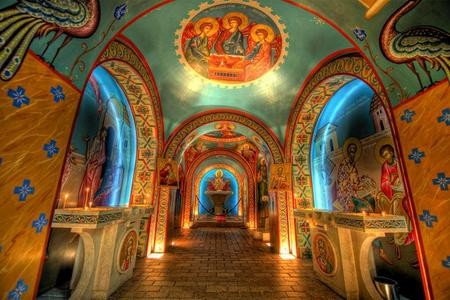
The Avero House. Credit: Lance Taylor, Flickr
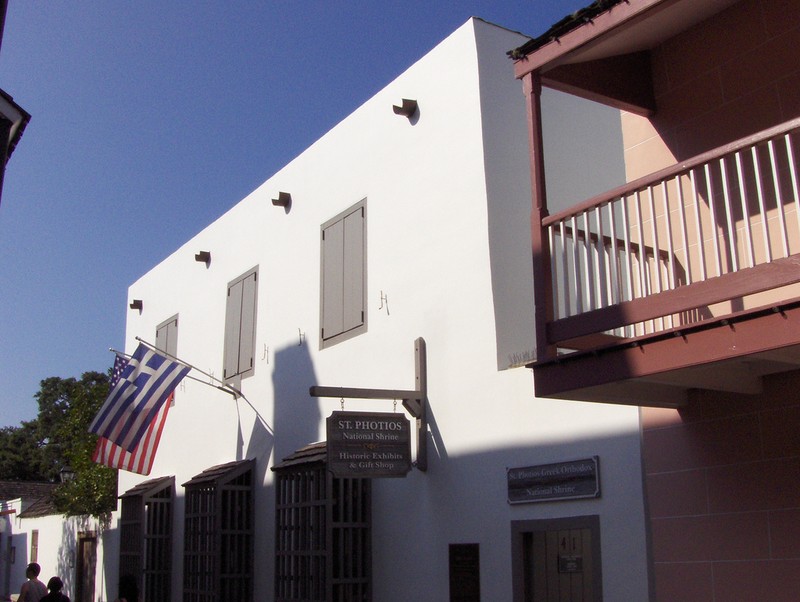
Plaque located on the Avero House. Credit: Ebyabe, WikimediaCommons
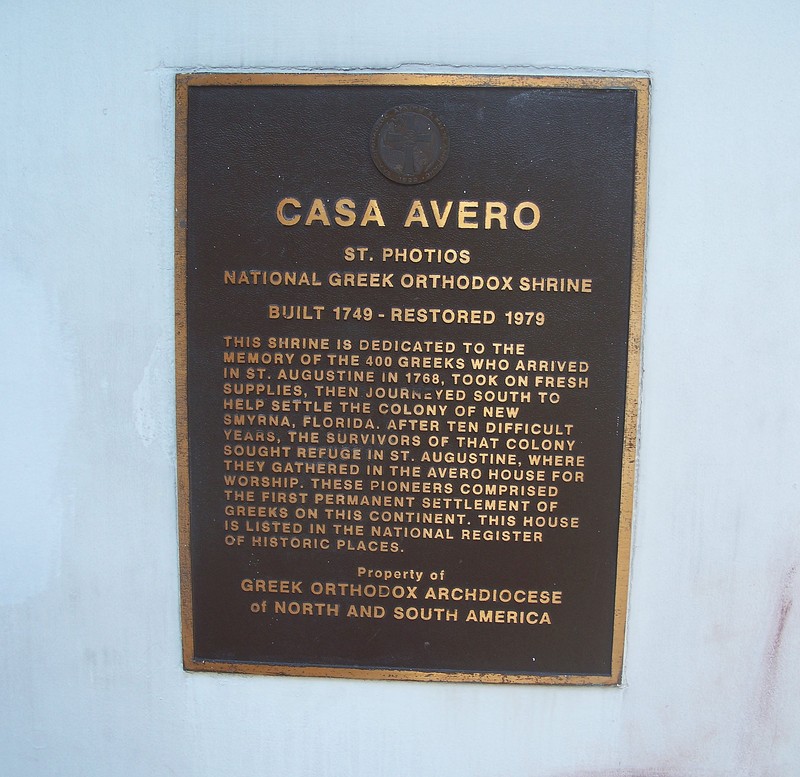
Historic American Buildings Survey Prime A. Beaudoin, Photographer August 1961. Credit: Library of Congress
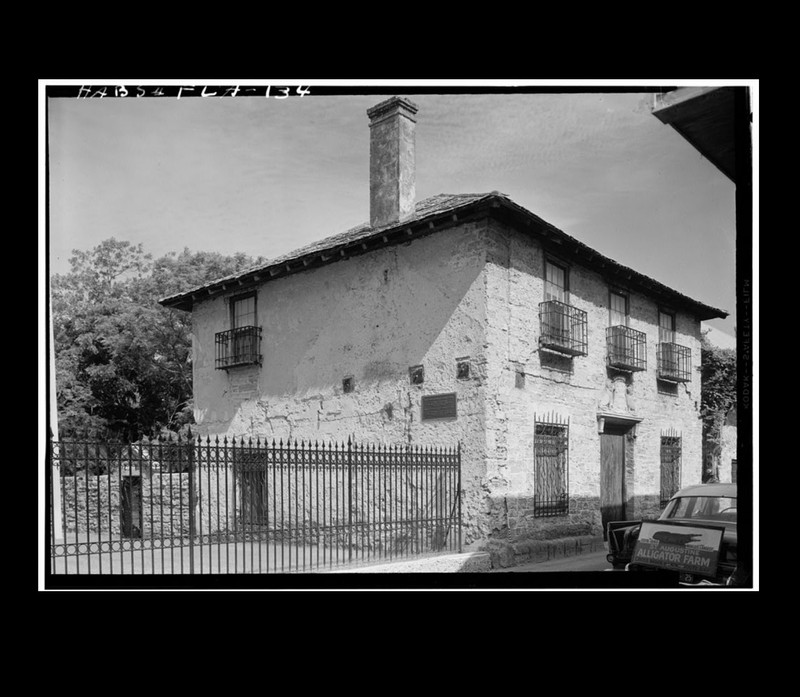
British Colony of New Smyrna plaque. Credit: Paintfiction, Waymarking
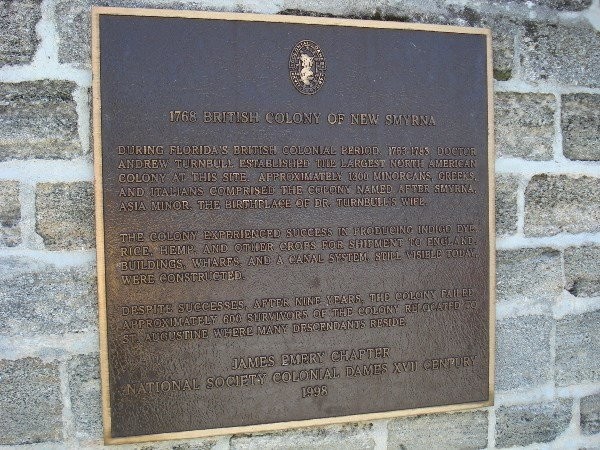
Old Fort Archaeological Site in New Smyrna, where the above plaque is located. Credit: Donna B. Stinnett, The Gleaner
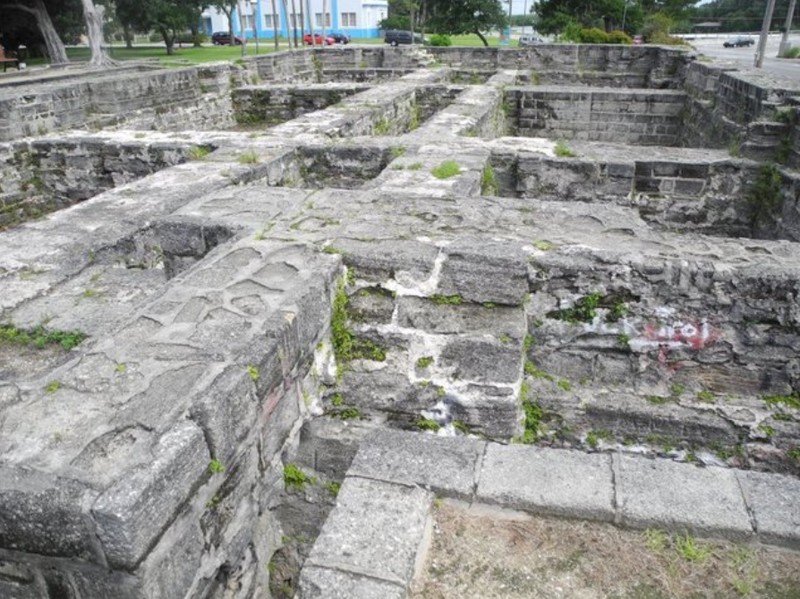
Backstory and Context
Text-to-speech Audio
St. Photios Greek Orthodox National Shrine is dedicated to the first Greek colony that came to America in 1768. The first Greek immigrants to arrive in the United States came to Florida after an attempt to settle New Smyrna, a small colony south of St. Augustine, approximately 600 Corsica, France, Greece, Ireland, Italy, and Minorcan settlers fled and found refuge in St. Augustine. In 1777, the Spanish governor Vicente Manuel de Zespedes gave the abandoned Avero House to Father Pedro Camps and refugees as a place for them to gather and worship for approximately seven years.
The Greek Orthodox Diocese of North America purchased the building in 1966 and restored the house to its 1730s appearance after the local Greek community learned of the home’s availability on the market in 1965. Work was completed in 1982 making the present site the only Greek National Shrine in the United States. The gold reliquary was gifted to the Shrine by Archbishop Lakovos from the Three Hierarchs Church in Brooklyn, NY. The reliquary contained bone fragments from 18 saints and was certified by the Vatican. The saints represented include 3 apostles and those of St. Nicholas of Myra who served as the basis for the legends of Santa Claus. A plaque in New Smyrna says more than 1,400 refugees "pledged up to 10 years of labor for passage." As time passed, many had died and the remaining moved to St. Augustine.
The shrine is covered with Byzantine style frescoes highlighted with 22 Karat gold, depicting many apostles and saints of the Christian church. The shrine is also an institution of the Greek Orthodox Archdiocese of America. The exhibits in the museum display the life of the early Greek settlers and the development of the Greek Orthodox Church in America. The exhibit also contains various artifacts, photographs and historical documents of the Greek Orthodox settlers.
Sources
About. St. Photios National Shrine. . Accessed October 23, 2018.
https://www.facebook.com/pg/StPhotiosNatlShrine/about/?ref=page_internal.
Arnade, Charles W. “The Avero Story: An Early Saint Augustine
Family with Many Daughters and Many Houses.” The Florida Historical
Quarterly, vol. 40, no. 1, 1961, pp. 1–34. JSTOR, JSTOR, www.jstor.org/stable/30139808.
Frangos, Steve. Shrine tells story of New Smyrna Colony. The National Herald. January 14, 2006. Accessed October 27, 2018. http://webcache.googleusercontent.com/search?q=cache:VwCvK3-qmZAJ:www.mgsa.org/Resources/Steve%2520FrangosHistory/Saint%2520Photios%2520Shrine,%2520New%2520Smyrna%2520Colony.pdf+&cd=10&hl=en&ct=clnk&gl=us.
K.,, Gordon, Elsbeth. Walking St. Augustine: an illustrated guide and pocket history to America's oldest city. Gainesville, Florida. ISBN 9780813060835. OCLC 889164908.
Minorcan Chapel, 39 Saint George Street, Saint Augustine, St. Johns County, FL. Library of Congress. . Accessed October 23, 2018. https://www.loc.gov/item/fl0213/.
New Smyrna Beach has sand and sea,a failed colony and an ancient mystery. Evansville Courier and Press. July 09, 2014. Accessed October 27, 2018. http://archive.courierpress.com/news/new-smyrna-beach-has-sand-and-seaa-failed-colony-and-an-ancient-mystery-ep-487282599-324894891.html/.
Tour the Museum. St. Photios. . Accessed October 23, 2018.
http://www.stphotios.org/about-us/tour.
St. Photios Chapel. St. Photios. . Accessed October 23, 2018.
http://www.stphotios.org/about-us/st.-photios-chapel.
St. Photios Greek Shrine. Visit St. Augustine. . Accessed
October 23, 2018.
https://www.visitstaugustine.com/thing-to-do/st-photios-greek-shrine.
St. Photios National Greek Orthodox Shrine. Atlas Obscura. .
Accessed October 23, 2018. https://www.atlasobscura.com/places/st-photios-national-greek-orthodox-shrine.
